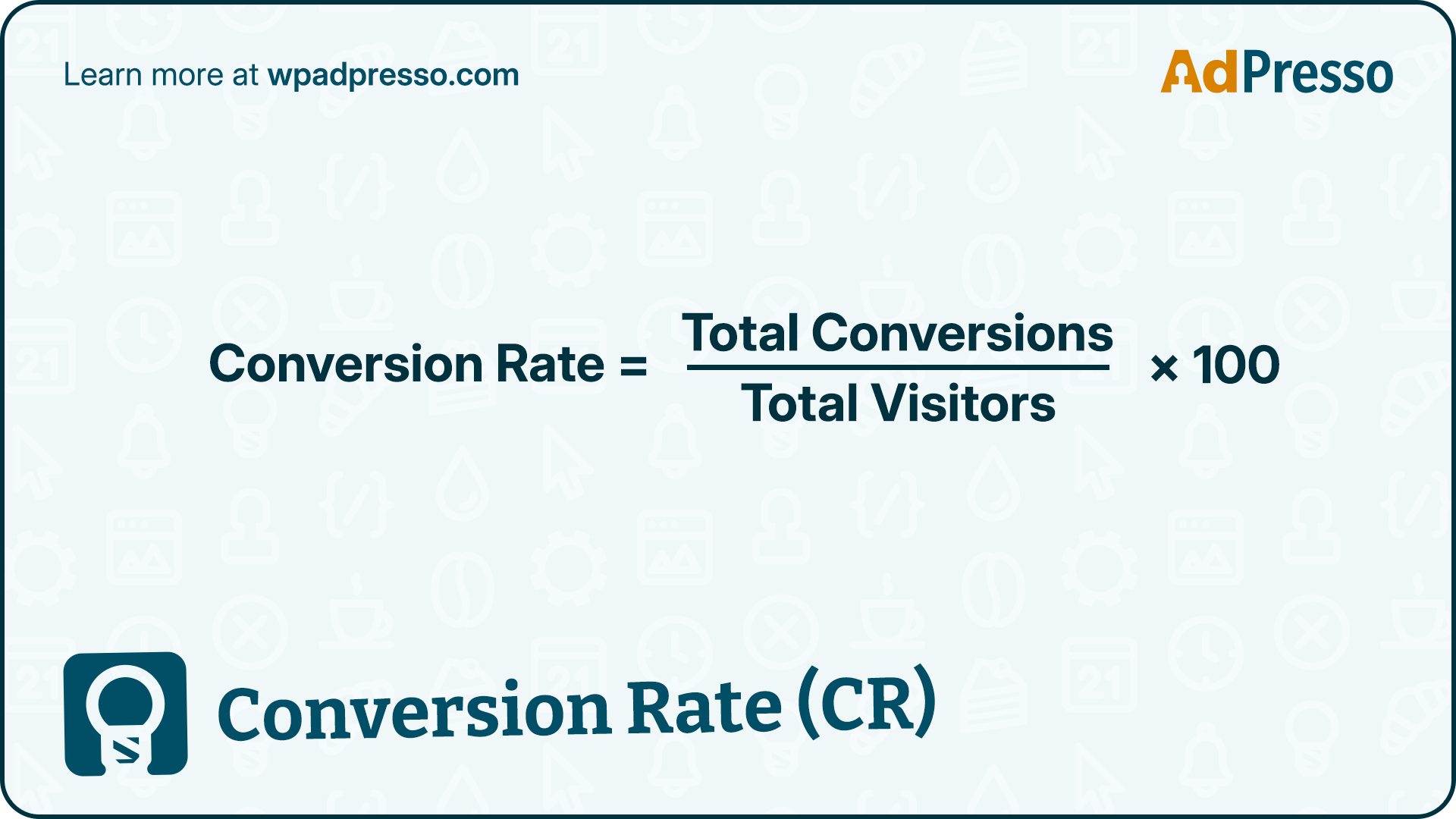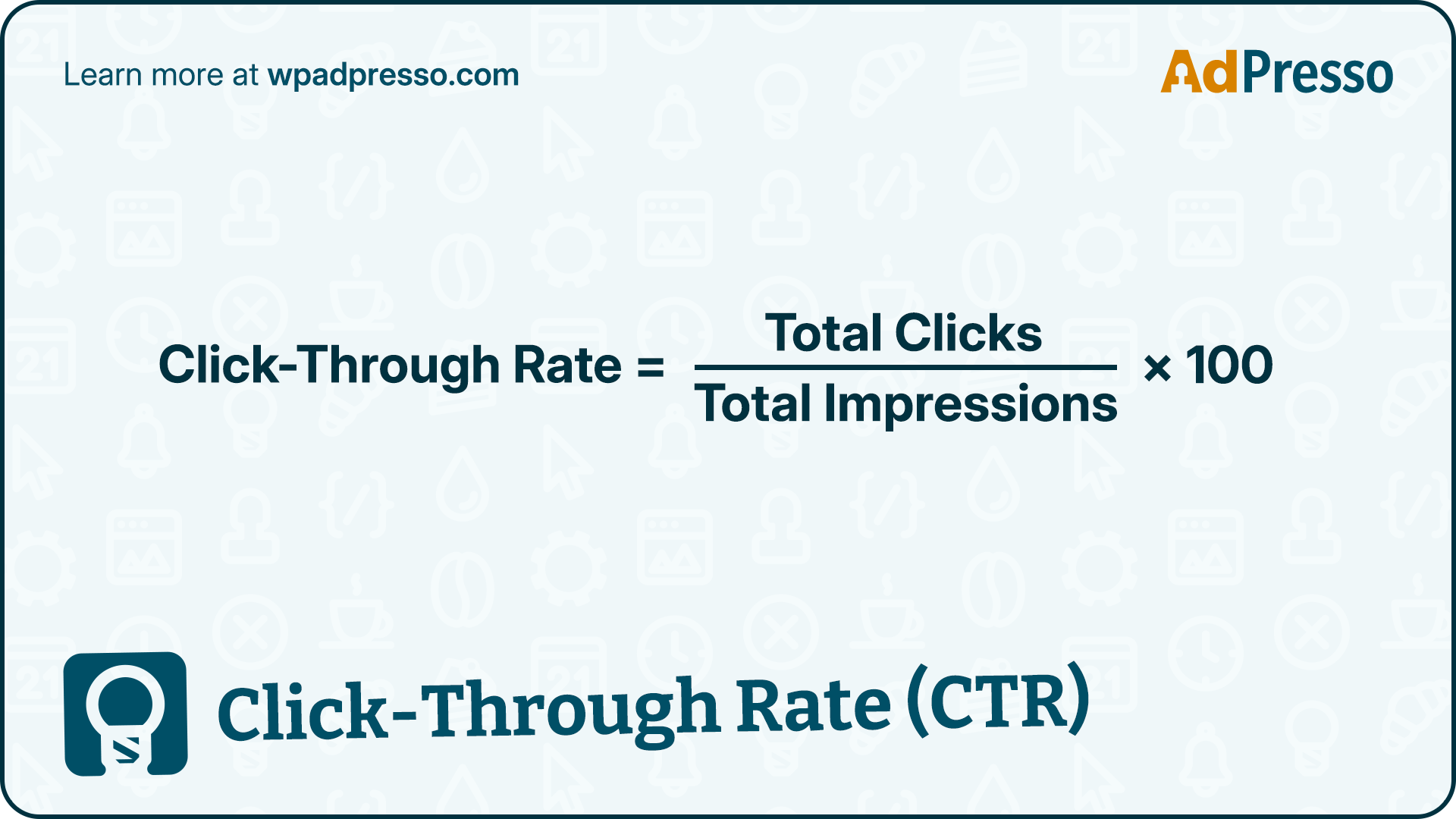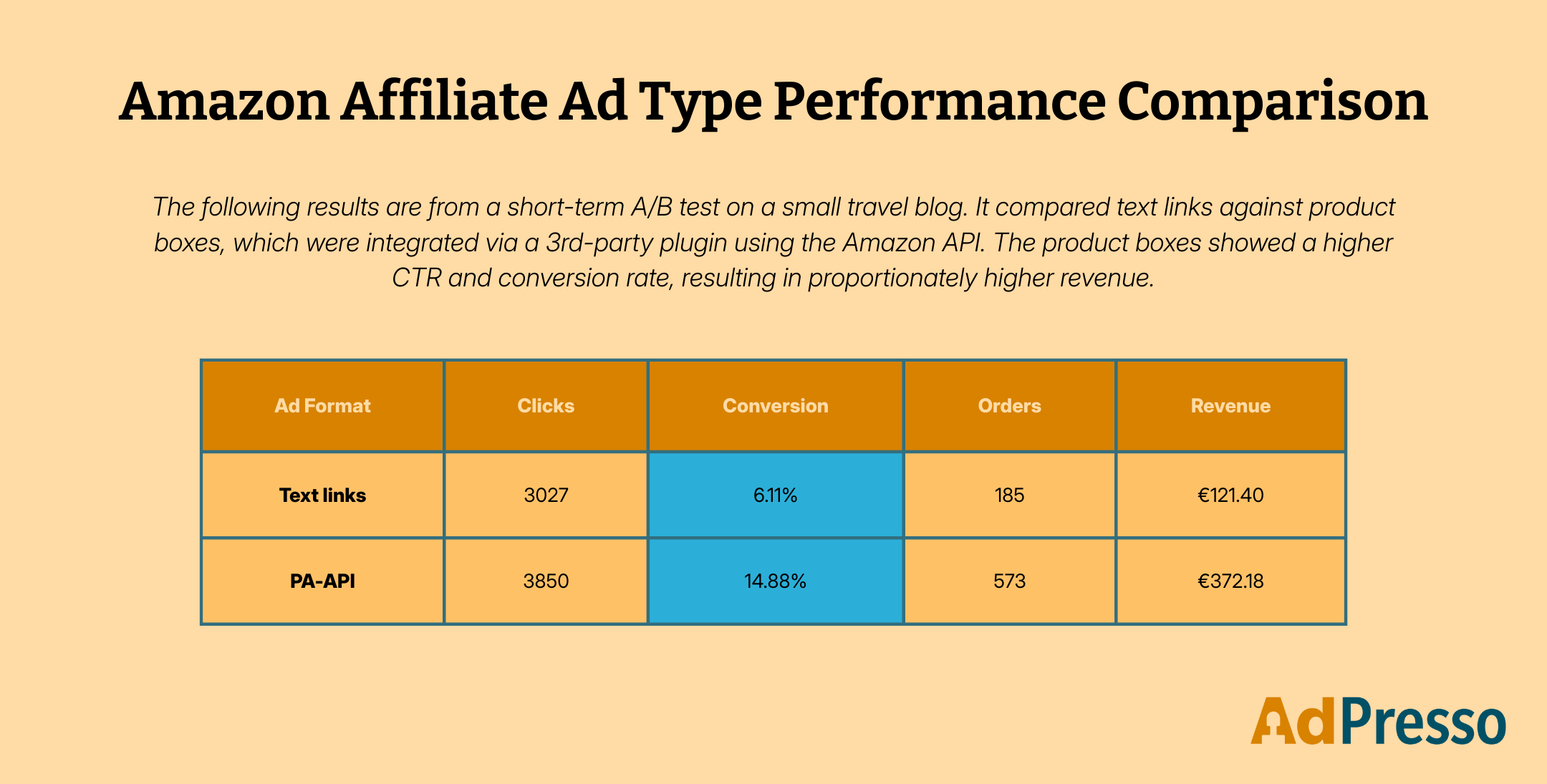In online marketing, I’ve learned that numbers only start telling the story when you know which ones matter most. Page views and click-through rates (CTR) give me a snapshot of audience engagement, but the metric that truly shows whether my monetization efforts are working is the conversion rate (CR).
In this article, I’ll break down what conversion rates really mean for publishers, share a few useful industry benchmarks, and walk you through practical ways to improve them.
The conversion rate measures the percentage of users who have completed a “desired action” on a website or in an app. This “desired action” can be defined in many ways, ranging from a simple purchase to a more involved registration. Essentially, a conversion signifies that a user has advanced further along a desired funnel.
A funnel is a marketing model showing the customer journey from awareness to purchase, narrowing at each stage as fewer people move forward.
Calculating the conversion rate is straightforward:
Conversion Rate=Total Number of Conversions / Total Number of Visitors×100
The “Total Number of Visitors” can refer to the total number of website visitors (for newsletter sign-ups, for example) or, in affiliate marketing, the total number of clicks directed to a specific online store.

| Scenario | Total number of conversions | Total number of visitors | Calculation | Conversion Rate |
|---|---|---|---|---|
| Affiliate Sale | 50 | 2,000 affiliate clicks | (50 ÷ 2,000) × 100 | 2.5% |
| Newsletter Subscription | 200 | 10,000 website visitors | (200 ÷ 10,000) × 100 | 2.0% |
Conversion rates are a direct indicator of your earning potential. While metrics like click-through rate (CTR) reveal if ads are being seen and clicked, and page views reflect content consumption, the conversion rate shows whether your website is actually generating revenue or achieving its core business goals. It validates the entire user and monetization funnel.
A low conversion rate points to problems within the funnel, such as a poor landing page or an irrelevant offer. Conversely, a higher conversion rate means you’re not just generating traffic, but qualified traffic that is likely to lead to sales or leads, thereby directly boosting your revenue and profits.
CTR and CR each play a distinct role. The CTR occurs earlier in the user journey; it’s the first hurdle. If the CTR is low, users never even enter the funnel. Therefore, CTR serves as an early indicator of potential engagement.

The CR is the late indicator—it confirms whether that initial engagement (CTR) has actually led to a valuable outcome.
Publishers should optimize their CTR to ensure their ads and links are compelling enough to grab attention.
However, their ultimate success hinges on optimizing the CR, as this is where the revenue is actually generated. Both metrics are crucial, but their importance shifts as users move through the monetization funnel. A high CTR that leads to few conversions is ultimately less valuable than a lower CTR that yields a higher conversion rate.
There is no single conversion rate that defines success across the entire online marketing industry. What constitutes a “good” conversion rate varies significantly depending on the industry, niche, traffic quality, audience engagement, device, and the specific conversion goal. However, studies on industry benchmarks and vertical-specific expectations provide valuable context for comparison.
General conversion rates can be based on form submissions, downloads, or clicks. The average conversion rate in affiliate marketing typically hovers between 1% and 3%.
Better-performing affiliates can achieve conversion rates between 5% and 10% by focusing on highly relevant target audiences and optimizing their ads..
Optimizing your conversion rate (CRO) is a multifaceted endeavor that goes far beyond individual actions. Publishers must strategically link various variables to increase the monetization of their content.
One critical variable is the choice of the offer itself, especially in affiliate marketing. A compelling product with excellent reviews, a fair price, or an exclusive discount is half the battle. But even the best offer will hardly convert without the second key variable: the quality of your own content. High-quality content that builds trust and provides genuine value to the user is essential. The publisher’s credibility as a “recommender” is directly tied to the authenticity of their content. Only when this trust is established will a user be willing to click the link and convert.

Another crucial variable is the incentive for the user. When seeking to gain newsletter subscribers, for example, it’s not enough to simply point out the benefits of the newsletter. Instead, a compelling “incentive” must be offered that promises the user a clear, immediate benefit, whether it’s a free e-book or an exclusive checklist. Such incentives lower the barrier to conversion.
By skillfully combining these and other variables—such as the technical performance of the website or strategic targeting—publishers can improve the user experience and sustainably optimize their conversion rate.
For publishers, the conversion rate is the key link between audience reach and actual results. It reveals how effectively a website turns visits into revenue or leads, making it a core focus of any optimization strategy. In affiliate marketing, steady growth in CR often defines long-term success. Even for goals like growing a newsletter list, it remains one of the most telling metrics.
Improving conversion rates is never a one-time task. It draws on user experience, content quality, technical performance, and precise targeting. In the end, it’s about turning interest into action—again and again.